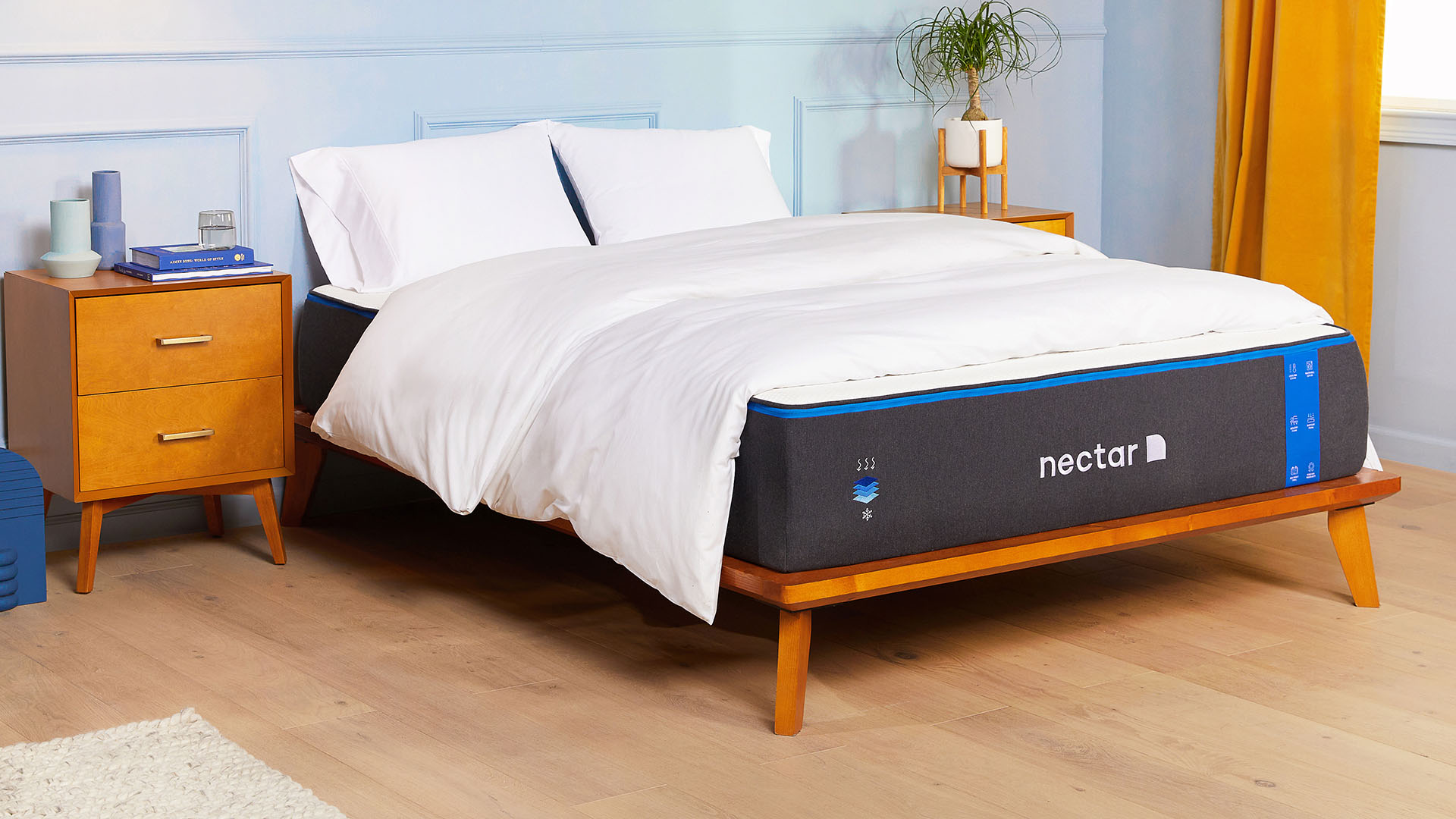Foam mattresses have gained popularity in recent years due to their comfort and durability. Whether you’re considering buying a new foam mattress or already own one, understanding its lifespan and how to maintain it can significantly extend its longevity and keep you sleeping soundly for years to come.
Understanding Foam Mattresses
Foam mattresses are primarily made from polyurethane foam, memory foam, or latex foam. Each type offers unique benefits in terms of comfort and support. Polyurethane foam is known for its affordability and resilience, while memory foam conforms to your body shape, providing excellent pressure relief. Latex foam, derived from rubber trees, is durable and eco-friendly. These materials can be used alone or in combination to create hybrid mattresses that cater to different sleep preferences.
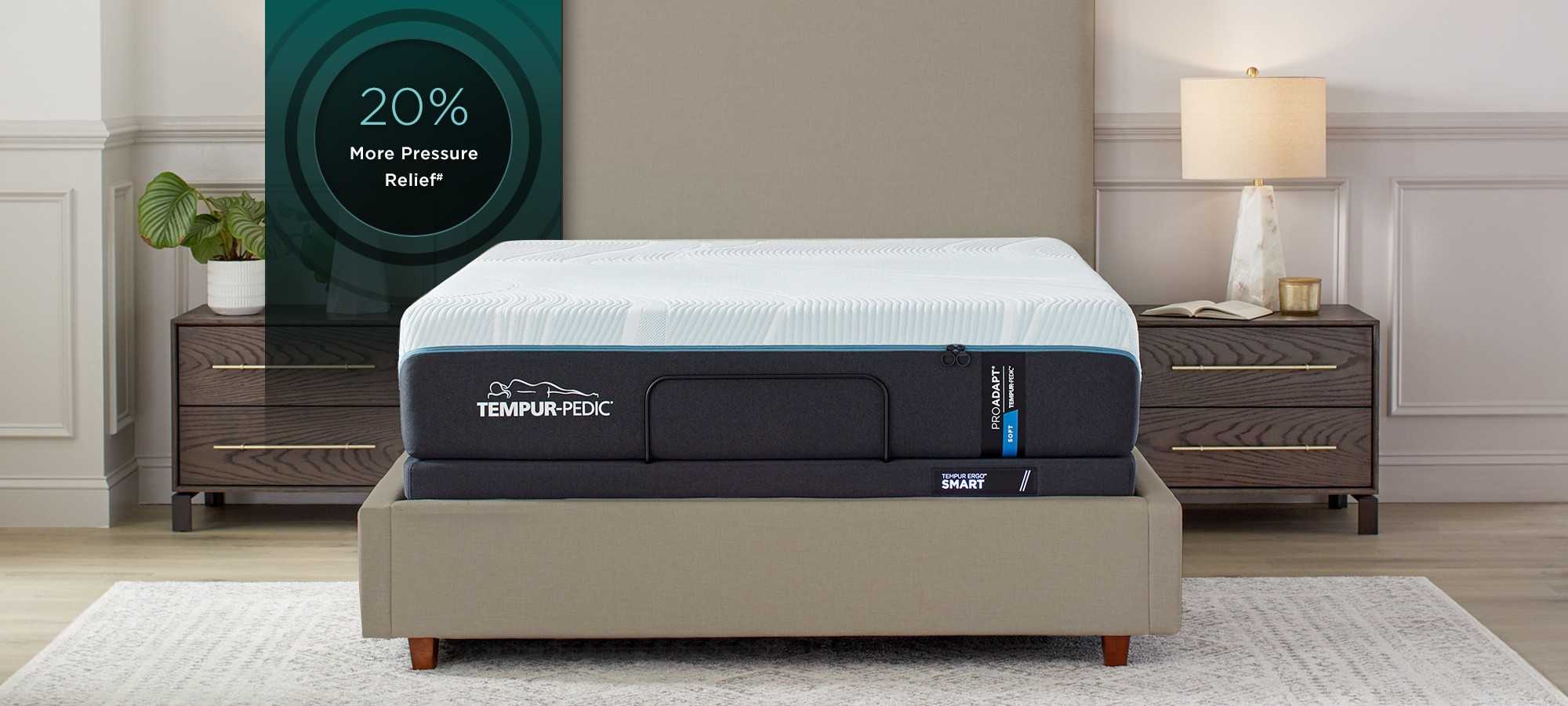
Lifespan of Foam Mattresses
The lifespan of a foam mattress varies depending on its quality and construction. On average, a foam mattress can last between 7 to 10 years with proper care. Higher-density foams tend to be more durable and may last longer than lower-density ones. Memory foam mattresses often have a shorter lifespan compared to latex or hybrid mattresses due to their higher sensitivity to body impressions and wear over time.
Factors Affecting Mattress Longevity
Several factors influence how long your foam mattress will last. The quality of materials used in its construction is paramount. High-quality foams are less prone to sagging and deterioration. Usage plays a crucial role as well. A mattress that supports a heavier weight or experiences frequent use may wear out faster. Environmental conditions such as humidity and temperature fluctuations can also impact foam integrity over time.
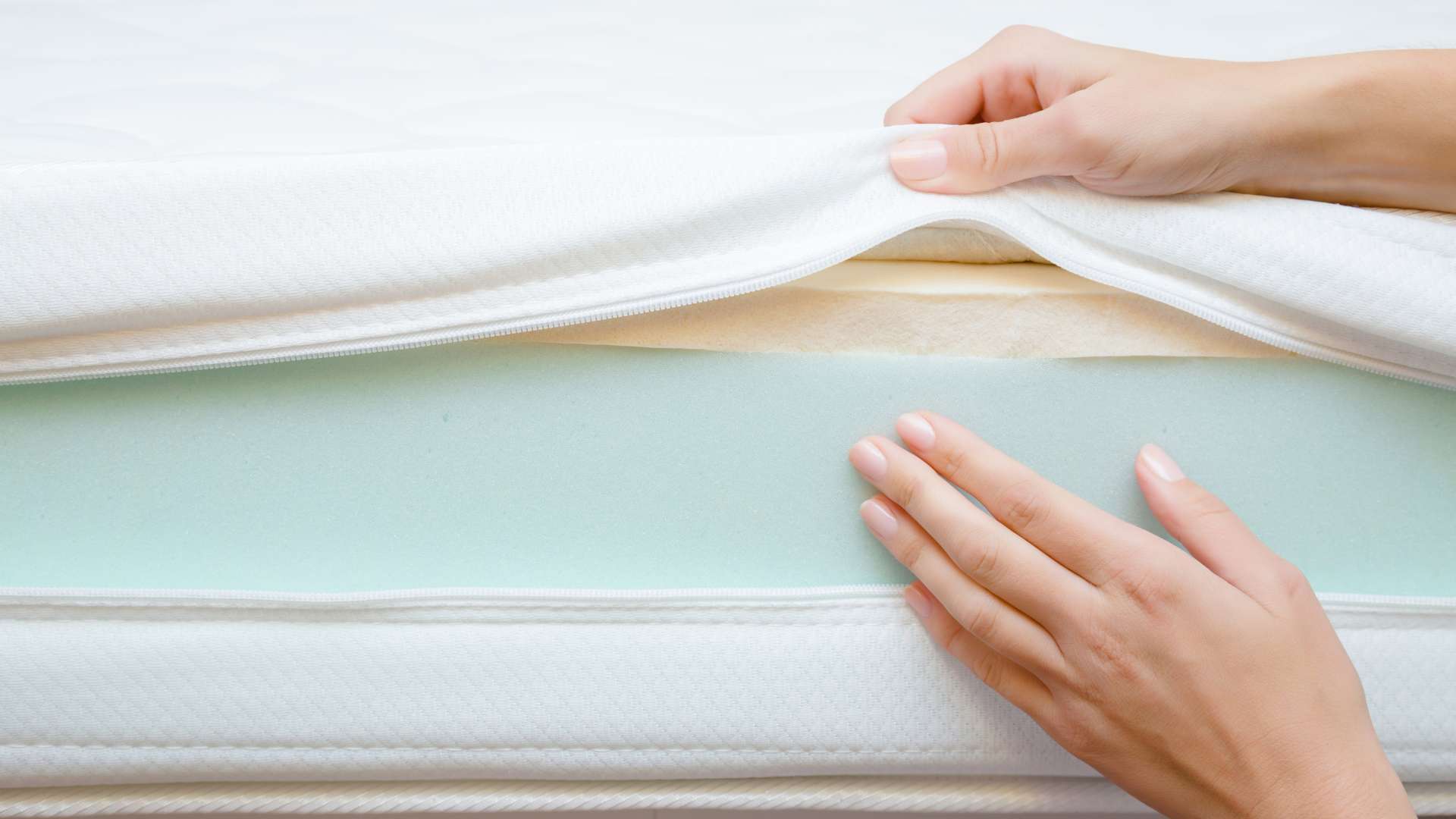
Signs It’s Time to Replace Your Foam Mattress
Knowing when to replace your foam mattress is essential for maintaining sleep quality and overall health. Signs that indicate it’s time for a new mattress include noticeable sagging or indentations that no longer provide adequate support, discomfort or pain upon waking, allergies or respiratory issues exacerbated by the mattress, and a general feeling of restlessness or poor sleep quality despite trying to improve your sleep environment.
Maintenance Tips for Foam Mattresses
Proper maintenance can significantly extend the lifespan of your foam mattress and ensure optimal sleeping conditions. Here are some essential tips to keep in mind:
1. Use a Mattress Protector
Invest in a high-quality mattress protector to shield your foam mattress from spills, stains, and dust mites. A waterproof protector can prevent liquids from seeping into the foam, which can cause mold and mildew growth.

2. Rotate Your Mattress Regularly
Rotate your foam mattress 180 degrees every 3 to 6 months to promote even wear and minimize the formation of body impressions. This practice ensures that the mattress maintains its shape and support over time.
3. Keep It Clean
Regularly vacuum your mattress using a soft brush attachment to remove dust, dirt, and allergens. Spot clean stains promptly with a mild detergent and water solution, and avoid saturating the foam. Allow the mattress to dry thoroughly before replacing bedding.
4. Maintain Proper Support
Ensure your foam mattress is adequately supported by a sturdy bed frame or foundation. Improper support can lead to premature sagging and reduce the mattress’s lifespan. Check your bed frame regularly for signs of wear or damage.
5. Avoid Jumping or Standing
Foam mattresses are designed to provide comfort and support for sleeping. Avoid jumping or standing on your mattress, as this can damage the foam and cause it to lose its shape and resilience.
6. Air It Out
Periodically air out your mattress by removing all bedding and allowing it to breathe. This helps dissipate any accumulated odors and moisture, keeping your mattress fresh and hygienic.
7. Follow Manufacturer Guidelines
Always follow the manufacturer’s care instructions and recommendations for your specific foam mattress. This ensures that you’re taking the necessary steps to maintain its warranty coverage and maximize its lifespan.
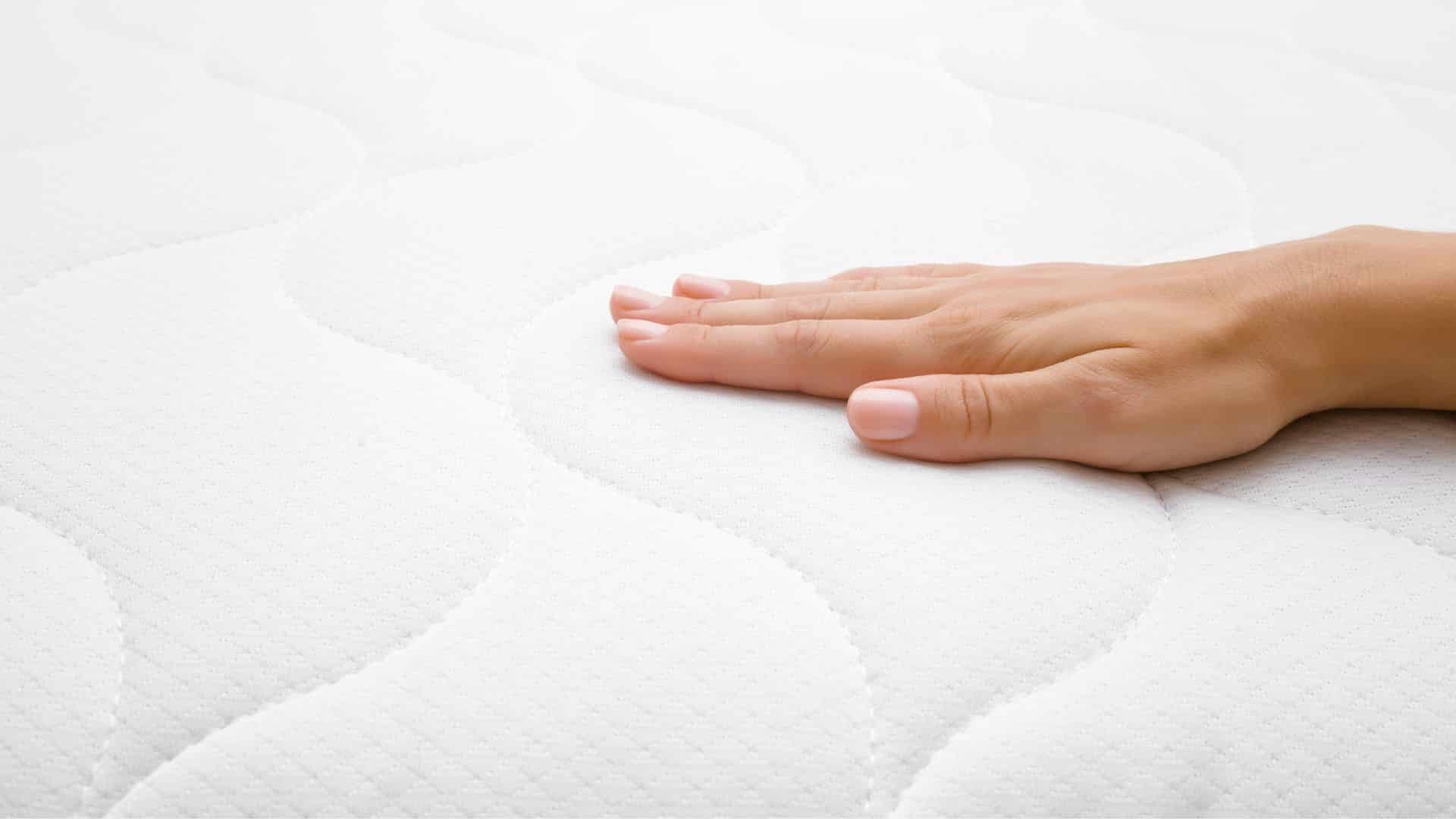
Mattress Maintenance for Extended Lifespan
Proper maintenance can significantly extend the life of your foam mattress. Here are some tips to help maintain its quality:
- Rotation and Flipping: Regularly rotating your mattress (every three months) can help distribute wear evenly. If your mattress is dual-sided (can be flipped), flipping it along with rotation ensures both sides are used, prolonging its lifespan.
- Use a Mattress Protector: A waterproof and breathable mattress protector can shield your mattress from spills, stains, and dust mites, preserving its condition and hygiene.
- Ventilation: Allow your mattress to breathe by removing bedding regularly, especially if you live in a humid climate. This helps prevent moisture buildup and reduces the risk of mold or mildew growth.
- Cleaning: Spot clean spills immediately using a mild detergent and water. Avoid using harsh chemicals that could break down the foam material. For regular cleaning, vacuum the surface gently to remove dust and debris.
- Supportive Base: Ensure your mattress is placed on a solid, flat surface that provides even support. An inappropriate foundation can cause uneven wear and premature sagging.
-
Manage Weight Distribution: Avoid jumping on the bed or placing heavy objects on the mattress, as this can cause unnecessary strain and damage.
Choosing the Right Foam Mattress
When selecting a foam mattress, consider your specific sleep preferences, body type, and budget. Test different mattresses in-store if possible to determine which type of foam provides the right balance of comfort and support for your needs. Remember that investing in a high-quality foam mattress and practicing proper maintenance are key to enjoying years of restful sleep and overall well-being.
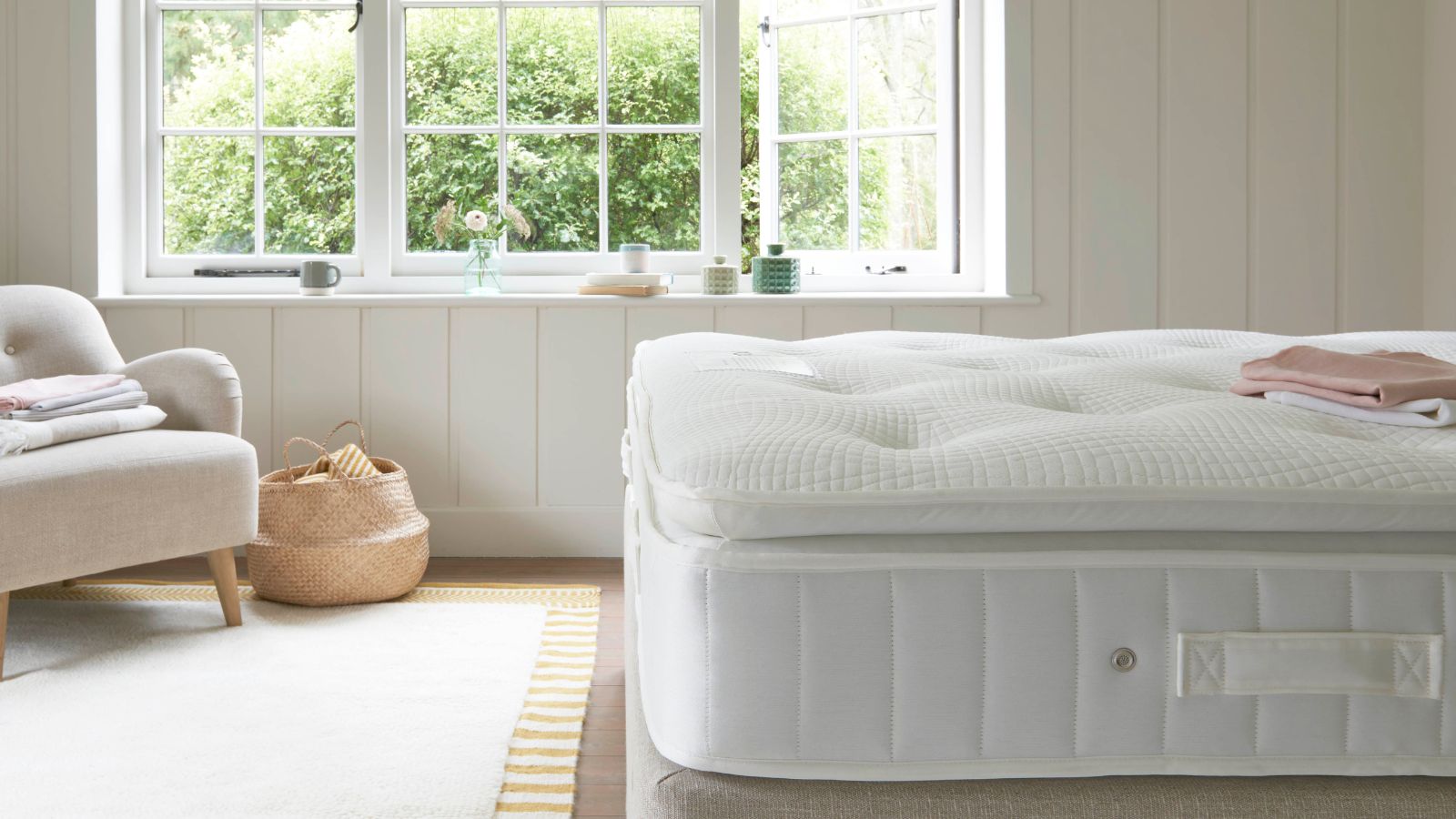
Understanding Warranty Coverage
Most foam mattresses come with warranties that cover manufacturing defects, like excessive sagging or indentations beyond a certain depth (often 1 inch). However, warranties typically do not cover normal wear and tear or misuse. Familiarize yourself with the warranty terms and keep your purchase receipt and warranty information in a safe place.
When to Consider Replacement vs. Topper
If your mattress is nearing the end of its expected lifespan but still relatively comfortable, adding a high-quality mattress topper can be a cost-effective way to revitalize its comfort without investing in a new mattress. However, if the mattress has significant sagging, deep indentations, or is causing persistent discomfort, it’s a sign that replacement is necessary for optimal sleep health and support.
Conclusion
Foam mattresses offer comfort and support that can significantly enhance your sleep quality. By understanding their lifespan and implementing proper maintenance techniques, you can ensure that your foam mattress remains in optimal condition for years. Whether you’re looking to purchase a new mattress or prolong the life of your current one, following these tips will help you make the most out of your investment and enjoy restful nights for many years to come.






